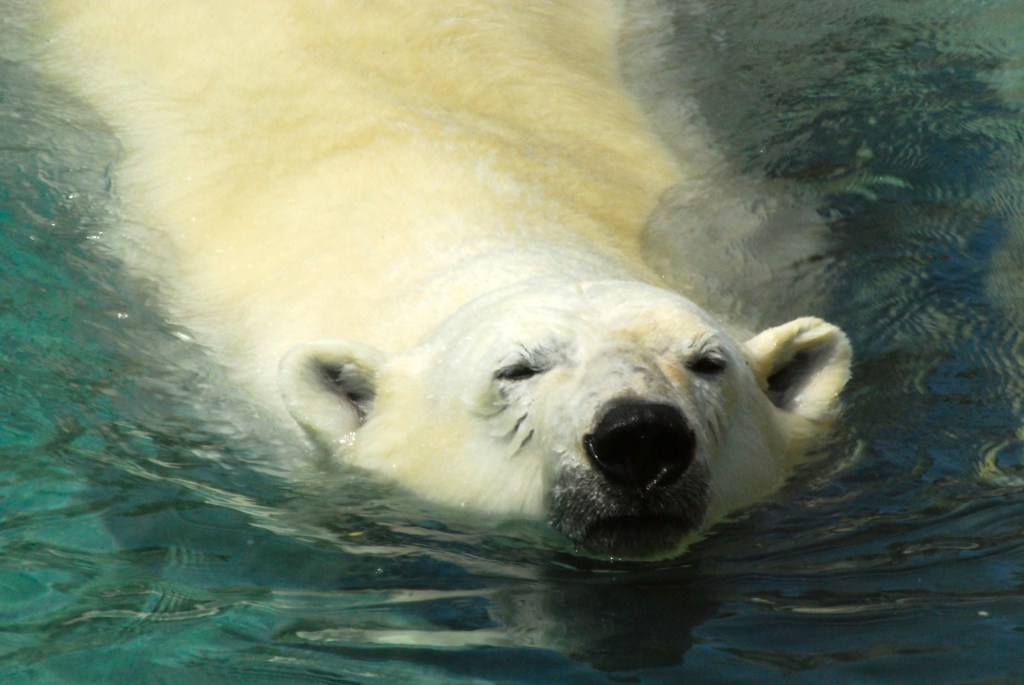


Canadian Photos credit Lucy
Recent news (and last week’s Blog post) have reported highlights of Canada’s climate plan, including new commitments for greater, faster reductions in greenhouse gas (GHG) emissions by 2030, enroute to carbon net zero by 2050.
We decided to dig a little deeper at the source – the federal government’s official website on climate change for “Canada’s action, climate future, partnerships, adaptation, health, science, emissions reporting,” at: https://bit.ly/3xGvjoM
Here we found the following list of topics –
- Causes and effects of climate change
- Canada’s international action on climate change
- Climate change funding programs
- Take climate action
- Climate change: Indigenous and Northern communities
- Climate action map
- Climate science 2050
- Canada’s climate plan
- Results of Canada’s climate change action
- Climate change science, research and data
- Women and climate change
- Canadian Centre for Climate Services
- Canada’s Changing Climate Report
Canada’s international action on climate change section, and the environmental indicators section, for example, while quite technical, provide useful details on calculating methodology and the data behind Canada’s regular reports on progress as a signatory to the UNFCCC (United Nations Framework Convention on Climate Change).

Many charts and long descriptions break down the sources and trends in Canada’s greenhouse gas emissions, by economic sector, province/territory, and by seven gas types – “carbon dioxide (CO2), methane (CH4), nitrous oxide (N2O), perfluorocarbons (PFCs), hydrofluorocarbons (HFCs), sulphur hexafluoride (SF6) and nitrogen trifluoride (NF3)”. (https://bit.ly/338uya0)
While the top five emitting provinces are identified as Alberta, Ontario, Quebec, Saskatchewan and British Columbia, “Figure ES–8: Greenhouse gas emissions by province and territory in 2005, 2010 and 2019,” provides more nuanced detail, showing for example, an overall downward trend in emissions by Ontario for example, in contrast to Alberta’s and Saskatchewan’s upward trend in emissions and Quebec’s holding pattern over time. The accompanying long descriptions explain the drivers for these and other trends.
“Figure ES–7: Breakdown of Canada’s greenhouse gas emissions by economic sector (2019),” underscores the need for contributing climate action by all sectors of our economy if Canada is to achieve its GHG reduction targets and carbon net zero goal —
Agriculture – 10%
Buildings – 12%
Heavy Industry – 11%
Waste and Others – 7%
Oil and Gas – 26%
Electricity – 8.4%
Transport – 25%.
(Canada’s Climate Change Environmental Indicators –https://bit.ly/338uya0)

“Cow cocktail joins battle to reach net zero”
In terms of the agriculture sector, Canada may want to keep track of experiments underway in New Zealand as a potential source for how the sector might further reduce harmful methane emissions.
In this article in the Sydney Morning Herald, with the eye catching title of “Cow cocktail joins battle to reach net zero,” we learn that the UN’s Intergovernmental Panel on Climate Change “estimates a global methane reduction of 40 per cent to 45 per cent by 2030 is needed to limit global warming to 1.5C as cheaply as possible. Moreover, because methane stays in the atmosphere for only a decade, reducing its output can deliver a relatively quick win compared with CO2, which lingers for centuries.”
Methane is where the cows come in.
The New Zealand experiments in “Kowbucha” (we did not make this up!) supplements are testing whether cultures for making yogurts and cheeses can “reduce the amount of methane cows burp when they digest grass and feed.”.. “Kowbucha is one of the possible candidates for the (Fonterra) co-operative, which is looking at other options including seaweed.”
“The company, which has an annual $72 million (U.S.) research budget, has also worked on developing ‘climate-smart’ cows whose stomachs emit less methane, as well as vaccines.” For the full Sydney Morning Herald article, see: https://bit.ly/3gQn4jU

Canada’s Changing Climate
Headline statements found in this section paint a worrisome set of climate change patterns, ending with projections for two very different kinds of scenarios for our future (https://bit.ly/3vybVs0).
- “Scenarios with limited warming will only occur if Canada and the rest of the world reduce carbon emissions to near zero early in the second half of the century and reduce emissions of other greenhouse gases substantially.” We are pleased that Canada’s climate action plan commits to the scenario we want – limited warming – for the sake of our children, grandchildren and future generations. We are committed to doing our part to realizing this better, livable future, and to holding our governments and businesses to account for striving forward on Canada’s goal to be carbon net zero by 2050.
- “Canada’s climate has warmed and will warm further in the future, driven by human influence. Global emissions of carbon dioxide from human activity will largely determine how much warming Canada and the world will experience in the future, and this warming is effectively irreversible. {2.3, 3.3, 3.4, 4.2} “
- “Both past and future warming in Canada is, on average, about double the magnitude of global warming. Northern Canada has warmed and will continue to warm at more than double the global rate. {2.2, 3.3, 4.2}”
- “Oceans surrounding Canada have warmed, become more acidic, and less oxygenated, consistent with observed global ocean changes over the past century. Ocean warming and loss of oxygen will intensify with further emissions of all greenhouse gases, whereas ocean acidification will increase in response to additional carbon dioxide emissions. These changes threaten the health of marine ecosystems. {2.2, 7.2, 7.6}”
- “The effects of widespread warming are evident in many parts of Canada and are projected to intensify in the future. In Canada, these effects include more extreme heat, less extreme cold, longer growing seasons, shorter snow and ice cover seasons, earlier spring peak streamflow, thinning glaciers, thawing permafrost, and rising sea level. Because some further warming is unavoidable, these trends will continue. {4.2, 5.2, 5.3, 5.4, 5.5, 5.6, 6.2, 7.5}”
- “Precipitation is projected to increase for most of Canada, on average, although summer rainfall may decrease in some areas. Precipitation has increased in many parts of Canada, and there has been a shift toward less snowfall and more rainfall. Annual and winter precipitation is projected to increase everywhere in Canada over the 21st century. However, reductions in summer rainfall are projected for parts of southern Canada under a high emission scenario toward the late century. {4.3} “
- “The seasonal availability of freshwater is changing, with an increased risk of water supply shortages in summer. Warmer winters and earlier snowmelt will combine to produce higher winter streamflows, while smaller snowpacks and loss of glacier ice during this century will combine to produce lower summer streamflows. Warmer summers will increase evaporation of surface water and contribute to reduced summer water availability in the future despite more precipitation in some places. {4.2, 4.3, 5.2, 5.4, 6.2, 6.3, 6.4}”
- “A warmer climate will intensify some weather extremes in the future. Extreme hot temperatures will become more frequent and more intense. This will increase the severity of heatwaves, and contribute to increased drought and wildfire risks. While inland flooding results from multiple factors, more intense rainfalls will increase urban flood risks. It is uncertain how warmer temperatures and smaller snowpacks will combine to affect the frequency and magnitude of snowmelt-related flooding. {4.2, 4.3, 4.4, 5.2, 6.2}”
- “Canadian areas of the Arctic and Atlantic Oceans have experienced longer and more widespread sea-ice-free conditions. Canadian Arctic marine areas, including the Beaufort Sea and Baffin Bay, are projected to have extensive ice-free periods during summer by mid-century. The last area in the entire Arctic with summer sea ice is projected to be north of the Canadian Arctic Archipelago. This area will be an important refuge for ice-dependent species and an ongoing source of potentially hazardous ice, which will drift into Canadian waters. {5.3} “
- “Coastal flooding is expected to increase in many areas of Canada due to local sea level rise. Changes in local sea-level are a combination of global sea level rise and local land subsidence or uplift. Local sea level is projected to rise, and increase flooding, along most of the Atlantic and Pacific coasts of Canada and the Beaufort coast in the Arctic where the land is subsiding or slowly uplifting. “
- “The loss of sea ice in Arctic and Atlantic Canada further increases the risk of damage to coastal infrastructure and ecosystem as a result of larger storm surges and waves. {7.5}”
- “The rate and magnitude of climate change under high versus low emission scenarios project two very different futures for Canada. Scenarios with large and rapid warming illustrate the profound effects on Canadian climate of continued growth in greenhouse gas emissions. Scenarios with limited warming will only occur if Canada and the rest of the world reduce carbon emissions to near zero early in the second half of the century and reduce emissions of other greenhouse gases substantially.”
Canada’s Changing Climate Headline Statements – https://bit.ly/3vybVs0
Canada’s Changing Climate Full Report, Digital Interactive Version –https://changingclimate.ca/CCCR2019/
“Force of Nature”
We recommend Justin Worland’s Time magazine article, “Climate is Everything: How the Pandemic Can Lead Us to a Better, Greener World,” Some more sobering food for thought about the tipping point humans have arrived at, and the choices at hand for charting our future path, written from an American perspective but relevant broadly.
“Whether it leads to a more resilient world or exacerbates the worst elements of our society depends on whether we adjust or just stumble through,” contends Worland.
He quotes climate leader Rachel Kyte, dean of the Fletcher School at Tufts University, “We are at the point where climate change means systems change – and almost every system will change….That understanding is long overdue, but I don’t think we know exactly what it means yet. It’s a moment of maximum hope; it’s also a moment of high risk.” (https://time.com/5953374/climate-is-everything/)

Cover Photo of Time Magazine by Red Hong Yi


Climate change is not only in Canada but also an issue around the world. Thank you 😊
LikeLike